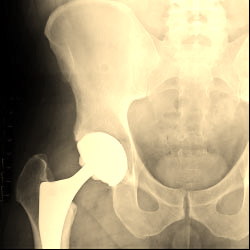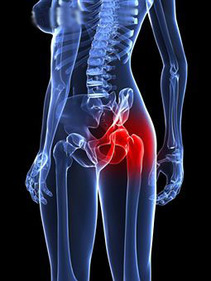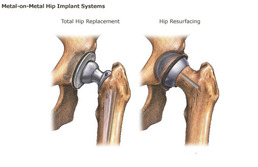The thigh bone meets the pelvis bone at the hips. The primary function of the hips is to support the weight of the body while standing or moving. This clearly shows how important they are for the body. For this reason, keeping it healthy is part of our duty. Of course, we cannot injuries from happening. Hip replacement surgery is one of the worst thing it could lead to|. Did you know that there are
injuries resulting from hip replacement surgery? Due to many causes, these injuries may happen anytime.
Injuries resulting from hip replacement are important. However, we do not have control over it because we are non-medical people. Being informed about hip injuries where we can do something in terms of prevention is the best thing we can have. Let’s take a look at common hip injuries that may affect you.
Bursitis Bursitis happens when one of the bursa sacs, which protects and cushion the joint, gets inflamed. There are many reasons why this can happen, either from arthritis or from an injury or infection, medical research says. Movements of the joint is being limited by this condition which can result to partial immobility.
Early treatment for bursitis involves the use of ice, getting enough rest, and taking in medicine for pain and swelling.
Dislocations When there is dislocation, the joint is forced to the end of the bones and is out of position. Falls are the number one reason why this can happen resulting to immobility. It is easy to spot a dislocated joint because it is usually swollen and visibly out of place.
Treatment for dislocated joints depends on which joint was affected. Manipulations to reposition your bones, taking in of medicine, and using a splint or sling normally happens.
Fractures Fractures happen when bones get broken. Normally, they are caused by injuries resulting from accidents but reasons like osteoporosis can happen which is a condition where weakening of the bones happen. When a fracture is present, out-of-place or misshapen limb or joint, swelling, bruising or bleeding, intense pain, numbness and tingling, and limited mobility or inability to move a limb are likely to happen.
Immediate medical attention is how fractures will be treated as a doctor is needed in keeping the bones in place.
Aside from fractures, it is evident that common hip injuries can be immediately treated in the comforts of the home. If we do not do what we can to control it, medical operations can be an option. As would people filing a
Pinnacle lawsuit do, the public should be informed about operations resulting in injuries and who made the mistake in order to determine who would be answerable.
References:nlm.nih.gov/medlineplus/hipinjuriesanddisorders.html
nytimes.com/interactive/2011/10/01/business/injury-from-metal-debris-in-artificial-hips.html?ref=health





 RSS Feed
RSS Feed